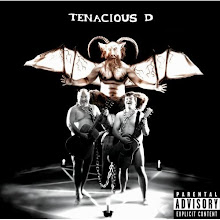The short version of the origin of the Ninja, retold many times in books and on film, goes something like this:
The Ninja arts originated in ancient China, then traveled to Japan during the Tang Dynasty. The Japanese developed the Ninja arts to the utmost, creating deadly assassins, who can enter any place undetected and strike when least expected.
Which unfortunately seems to be complete nonsense. So we have to go back, and look into the history books, to see just what they're talking about in the passage above, and not only that to see what a more fact-based history of the Ninja might look like.
And before we do that, we need to define some terms. Just what is a ninja, anyway? The word itself derives from the Japanese Shinobi-no-mono, which is written with two kanji characters that can also be pronounced as nin-sha, if the Chinese pronunciation is used instead. The first character, nin, suggests concealment, while the second, sha, means person. Ninja: a person who hides his presence. In Japanese, the word is applied to a person who does covert, military operations.
We cannot leave the term with such a broad definition, though, else the CIA, the FBI, and the marines could all be considered ninjas. And though I'm sure there are many marines who would like to believe that they are, I'm afraid it just isn't so. When speaking of the Ninja, then, we also imply that they are a secret organization, fraternity, or clan, whose skills and knowledge have been passed down in secrecy from generation to generation.
In sum, to be considered a ninja, as we understand it through popular entertainment and modern ninjutsu masters, a ninja must:
- practice the art of concealment
- engage in covert military operations
- belong to a secret fraternity of ninja
- wear black, and lots of it.




